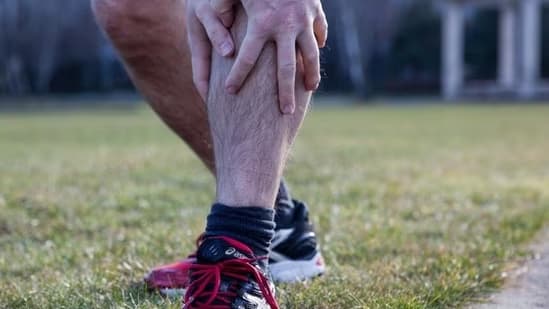Anyone who participates in intense physical activity knows the risk that comes with pushing their body to the limit. While training hard can help improve performance and fitness levels, it also brings the danger of physical breakdown if precautions aren't taken. One such overuse injury plaguing athletes is the sneakily painful stress fracture.
According to sports physician Dr. Karsten Hollander, stress fractures – also called fatigue fractures – progressively develop when high force is repeatedly applied to bones through strenuous activity. Unlike sudden bone breaks, stress fractures emerge over time as tiny cracks form under pressure. The warning sign is typically dull aching pain in weight-bearing bones that worsens with activity.
Both competitive and recreational athletes are susceptible, especially those participating in running sports that apply forceful impact to the lower limbs with each stride. Returning to rigorous training too quickly after time off is another high-risk scenario. As Dr. Hollander explains, “For example, you sign up for a spring marathon on New Year's Eve and go from doing nothing to training 20, 40 or 60 kilometres per week.”
Female athletes face approximately double the risk of stress fractures compared to males. This can partly be attributed to generally lower bone mineral density in women. Hormonal fluctuations and amenorrhea from excessive exercise can also play a role. Certain birth control methods may exacerbate bone fragility as well.
Regular weight-bearing activity is crucial for building strong bones. However, ramping up miles and intensity too abruptly overwhelms the body's ability to adapt. Dr. Hollander advises incremental growth of no more than 20% per week for total distance, longest run, and workout vigor. Monitoring training loads with a fitness tracker helps stay within safe limits. Biomechanical analysis may also reveal injury-prone running styles.
Proper calcium and vitamin D intake through diet and moderate sunlight assists bone remodeling to withstand pressure. While women especially require ample calcium, overconsumption provides no additional benefits and may even cause health issues. With daily supplements unnecessary for most, it's best to meet needs through nutrition.
For athletes experiencing signs of a stress fracture, protecting the injured area allows natural healing. Low-impact sports provide an outlet instead of total rest. Overall, listening to your body and gradually working up fitness levels is key to preventing “running on thin ice” and risking a costly bone breakdown. Building a strong foundation takes time but yields long-term success free of sidelining injuries.





